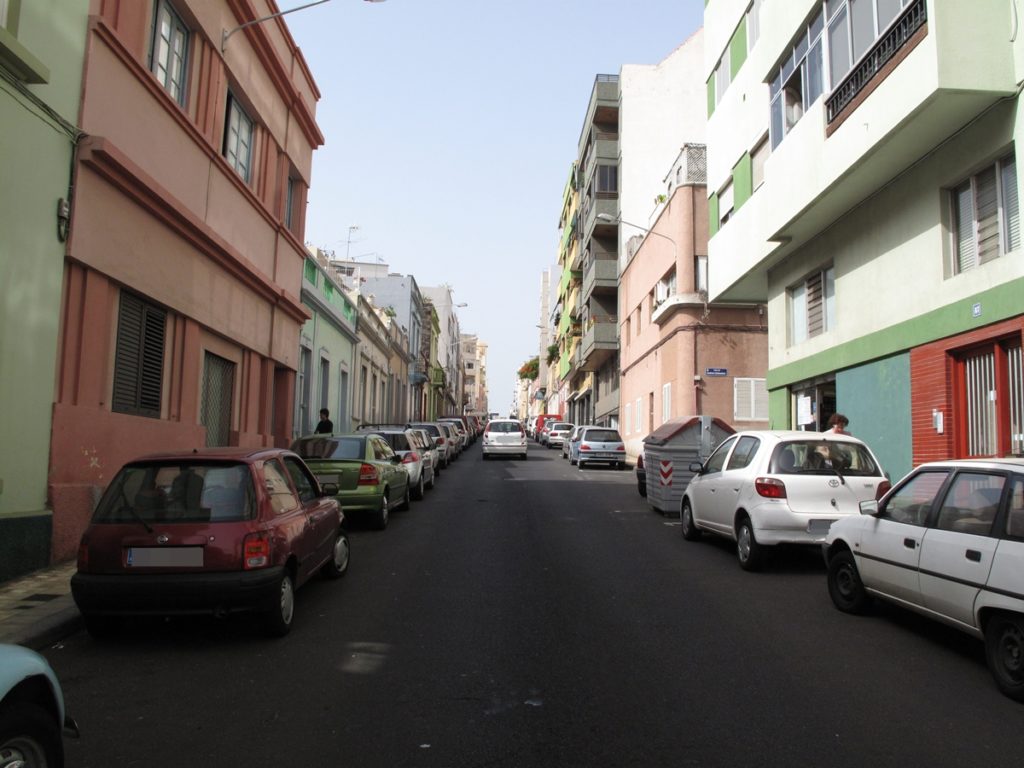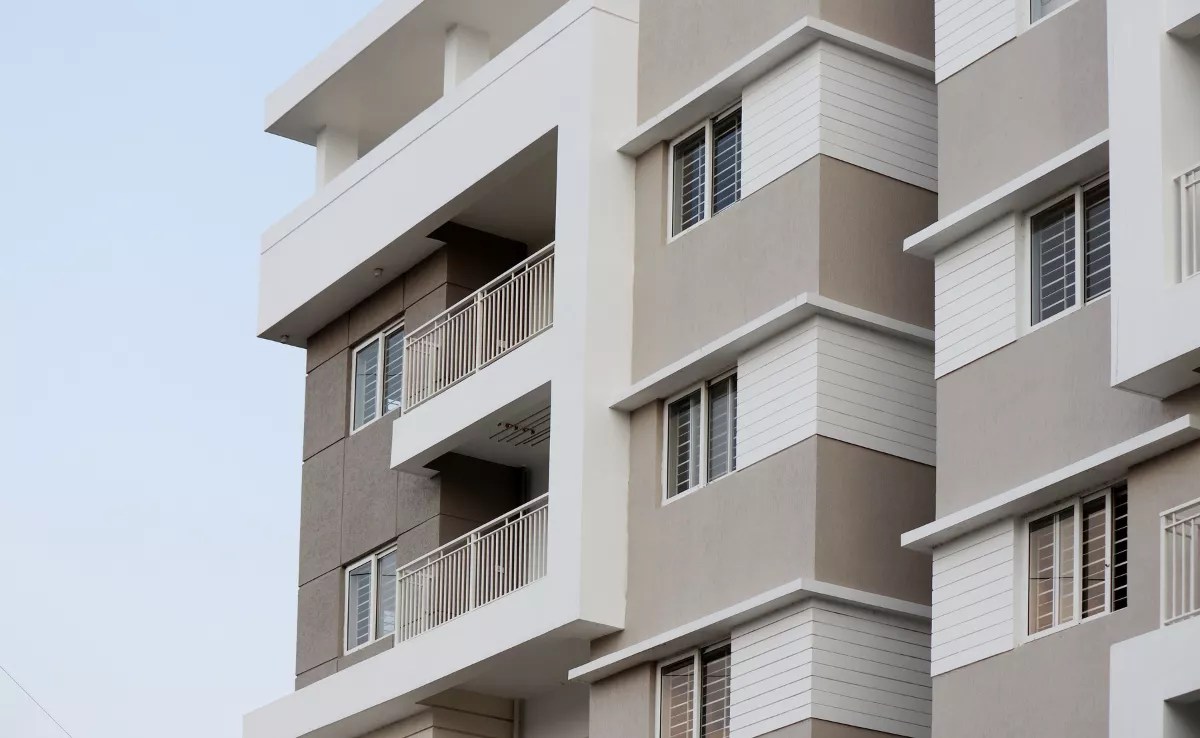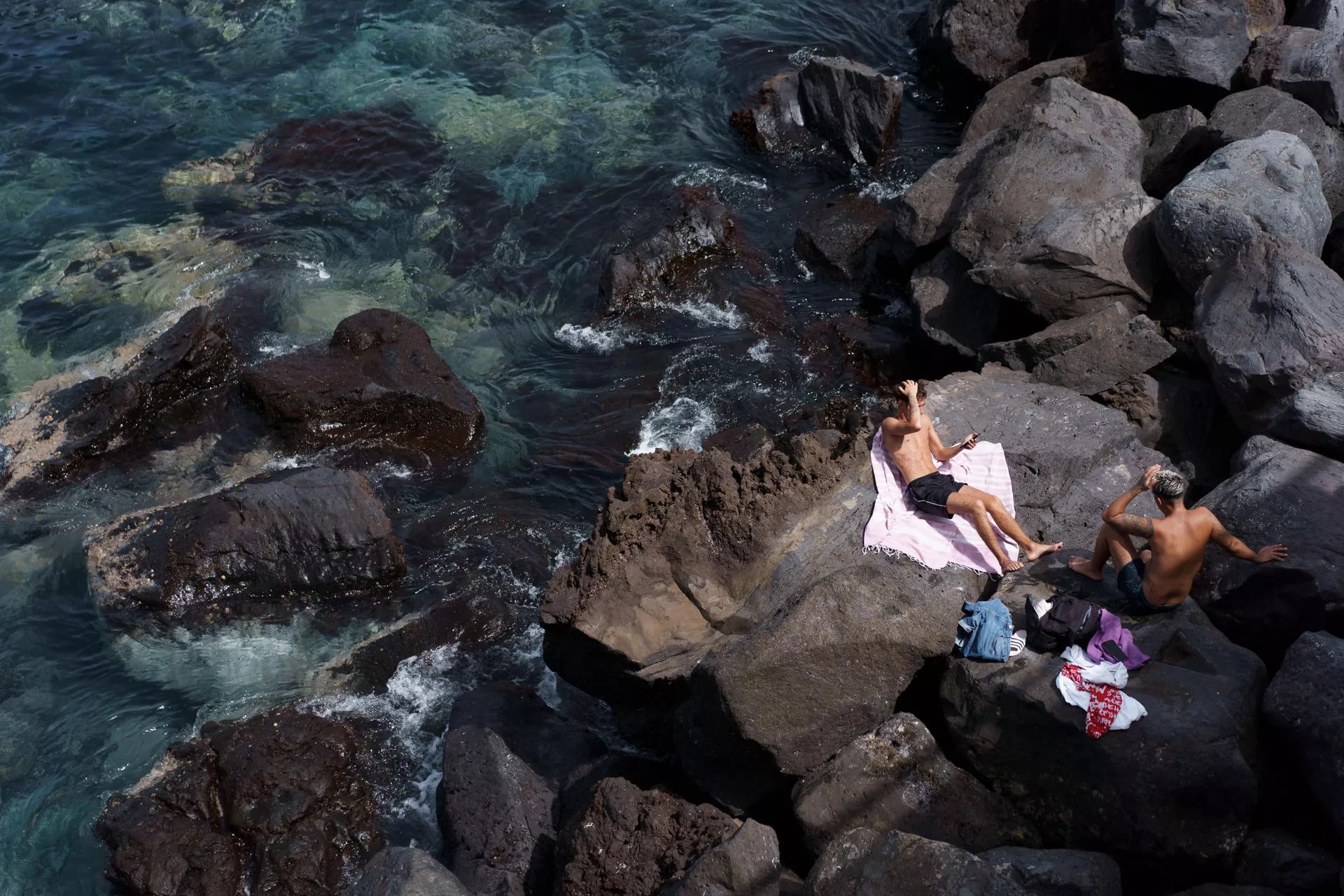
It is an old debt of the City Council with the capital, to have a network of cycle paths that makes the city more sustainable. The creation of one cyclable net It is one of the projects that has been presented by the Infrastructure area to obtain Next Generation funds from the European Union. It is intended to reduce the speed to 30 kilometers per hour in about twenty streets in the center of the city, so that bicycles and electric scooters can circulate on the same roads as cars. As explained by the Councilor for Infrastructure, Dámaso Arteaga, “with the project of the cyclable network we intend to tackle a series of streets in which the speed will be lowered to 30 kilometers per hour so that bicycles, scooters and cars can circulate on the same way ”. The mayor pointed out that there is still to define the streets, but, “we already have a first proposal to apply in the center, but the study will have to be done to see if they are convenient. For the moment, the chosen perimeter is the most prudent, and the intention is to expand it ”.
Within this perimeter are streets such as La Rosa, San Isidro, Santa Rosalía, Villalba Hervás or Emilio Calzadilla. It is also true that they are roads that already have a reduced speed, but that, so far, are not defined as cyclable. In case of extending this cyclable network beyond the downtown area, the proposed streets are San Sebastián, Ramón y Cajal, and Porlier. Also Calderón de la Barca street, until it connects with a section of Tomé Cano, and from there, a pedestrian link with Reyes Católicos avenue.
This cycling network also foresees the implementation of bike-sidewalks, which due to their width would allow the passage of pedestrians and bicycles, such as, for example, the central promenade of Avenida Tres de Mayo.
This project is joined by another complementary one called the 5 ‘city bike lane. That according to Arteaga explains, “it is about that in the five districts there is a bike lane with which it is intended that the center can be reached from any point of the city in just five minutes.” Initially, it will begin with the creation of a lane of this type around the Rambla de Santa Cruz and will be extended to the districts.
Low emission zone
The third project that Infraestructuras has presented to the Next Generation funds is the creation of a low emissions zone also in the center. In this case, “it is about restricting a series of streets in the center, so that only the passage of vehicles will only be allowed to the garages, loading and unloading and electric vehicles.” The formula to achieve this vehicle restriction is through the placement of license plate recognition cameras and the objective is to reduce CO2 emissions. At the moment, four perimeters are being considered within the area of Great Tourist Influence.
The implementation of this area is derived from European regulations by which cities with more than 50,000 inhabitants are obliged to adapt their regulations to comply with Law 7/2021, of May 20, on climate change and energy transition. The deadline to have this Low Emission Zone is 2023.
This means that they must be delimited areas within cities where traffic is restricted, either in terms of circulation, access or parking and based on the environmental classification, that is, discriminating by the DGT label. Along with Santa Cruz de Tenerife, those of Las Palmas de Gran Canaria, Telde and La Laguna must also have ZBE.
To these three projects is added the one already presented at the time of the 100% sustainable street, which in this case would be Avenida de Anaga using renewable energy and the installation of flower beds and gardens irrigated with treated water. “This is a project that has funding from the MOVE Program: within the framework of the incentive program for Efficient and Sustainable Mobility, co-financed with the European Regional Development Fund (Feder)”, explained the mayor of Infrastructures. Photovoltaic panels, wind generators, chargers for electric cars or the change of the entire luminaire for LED technology are the main milestones of the project. The total amount of the four projects submitted to obtain financing from the EU recovery funds, Next Generation, is 5.9 million euros.
















